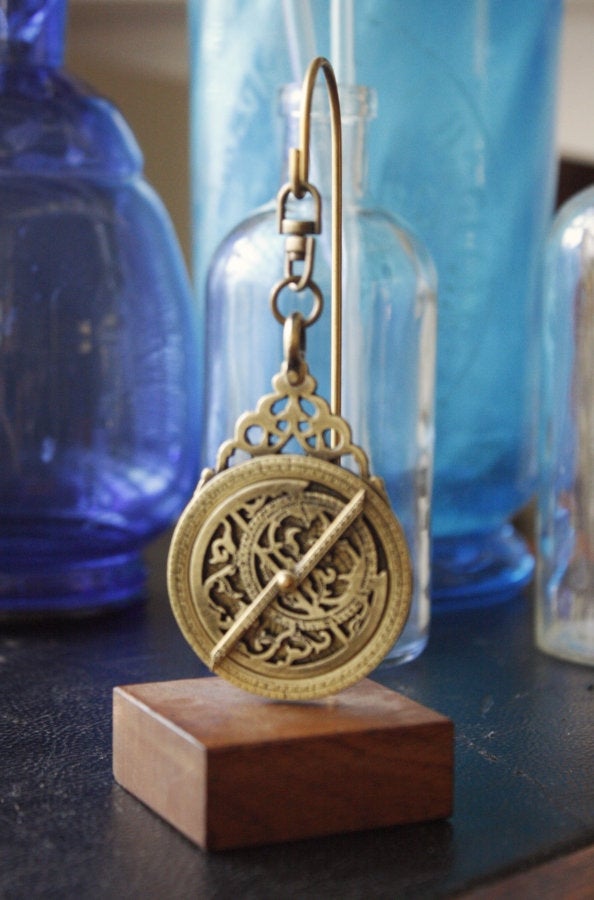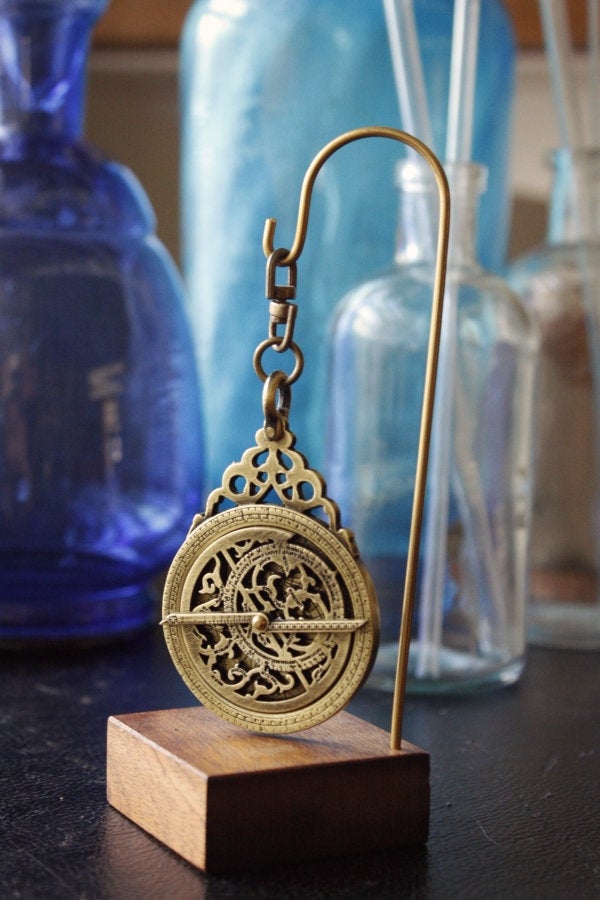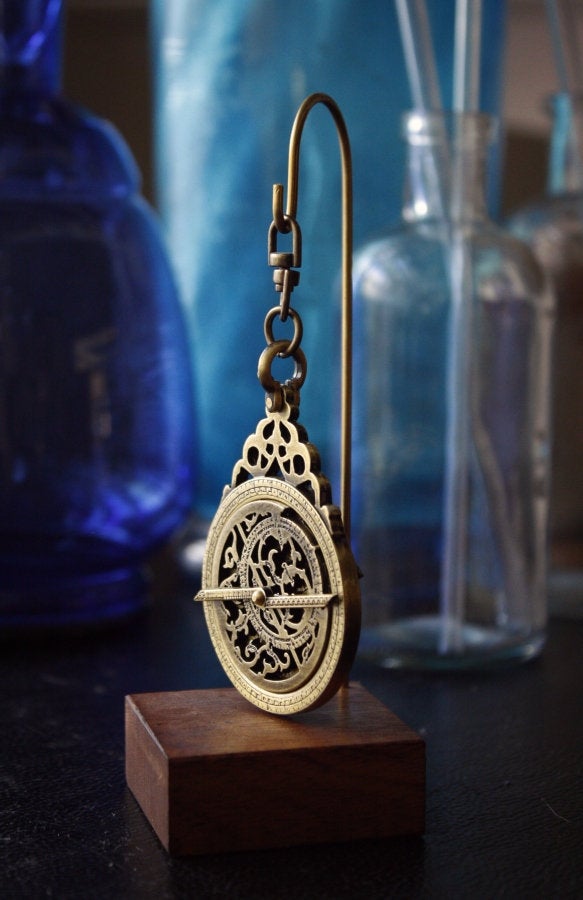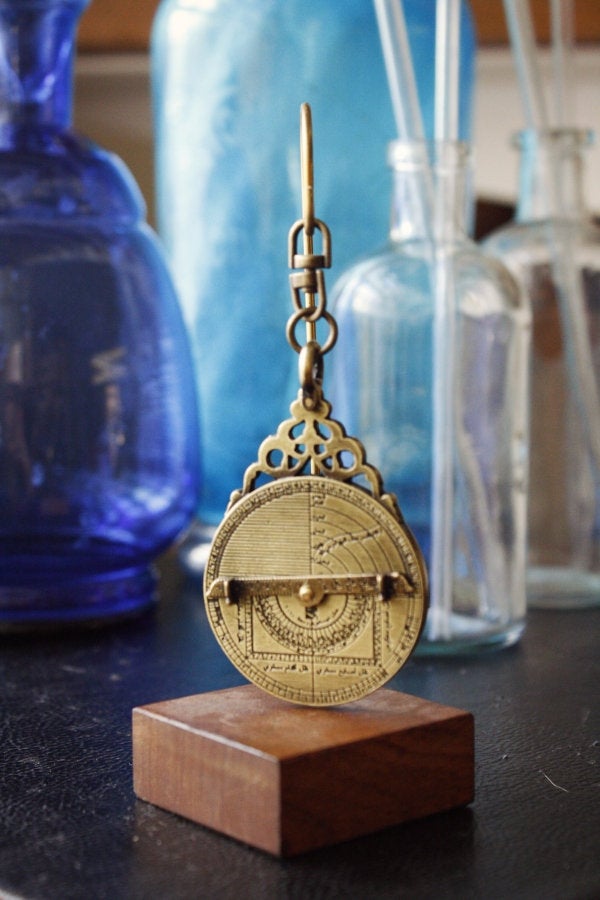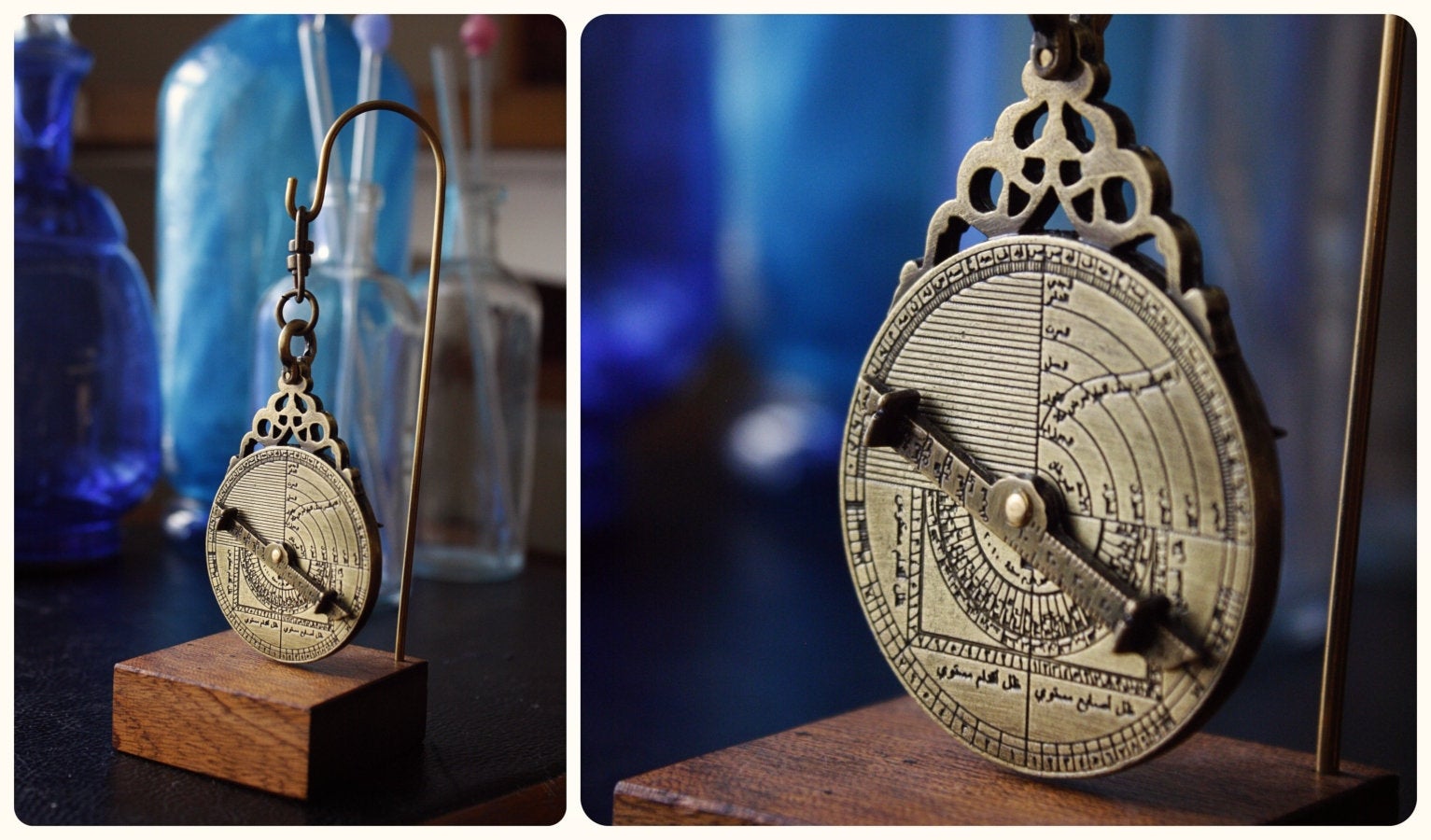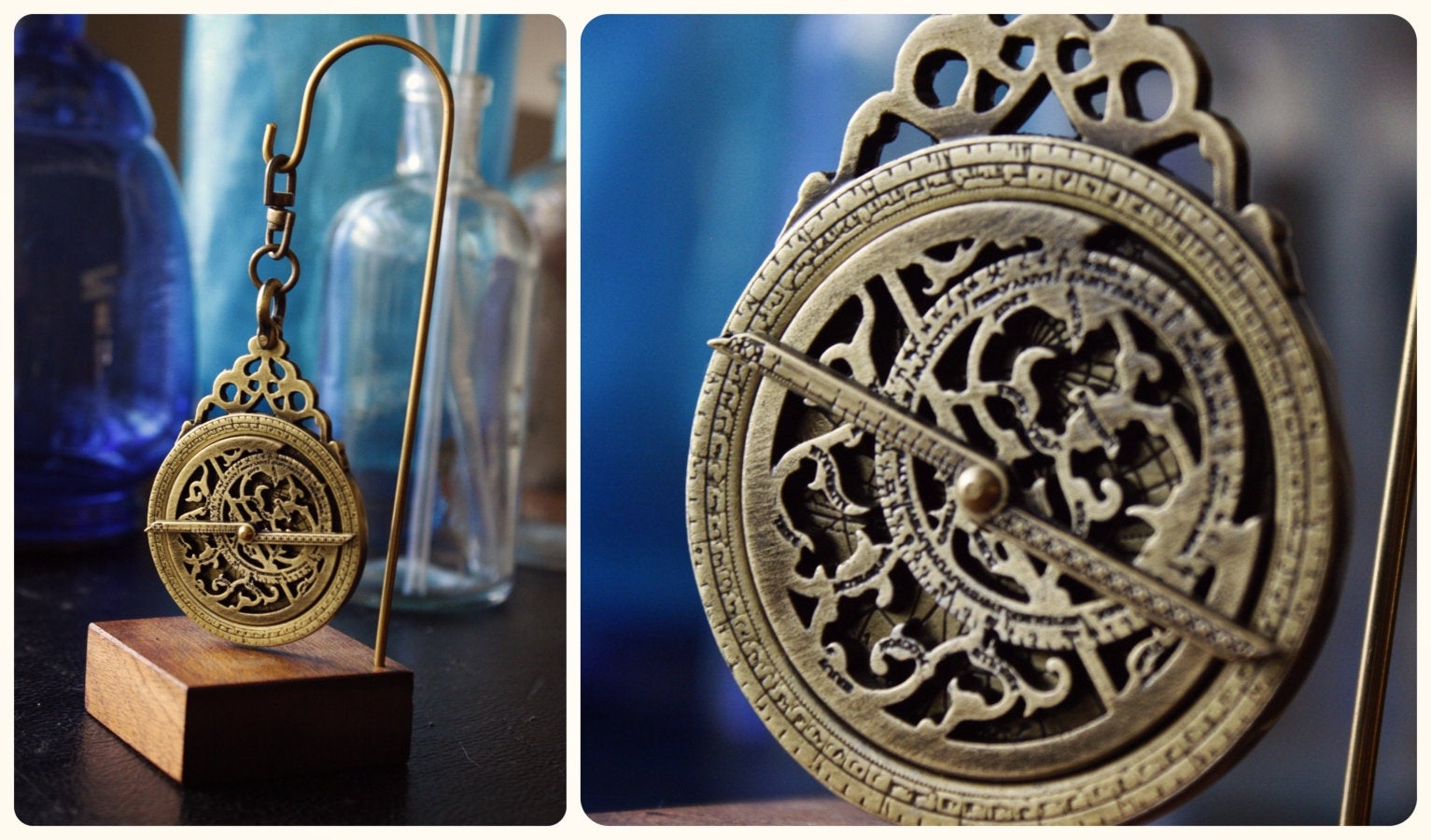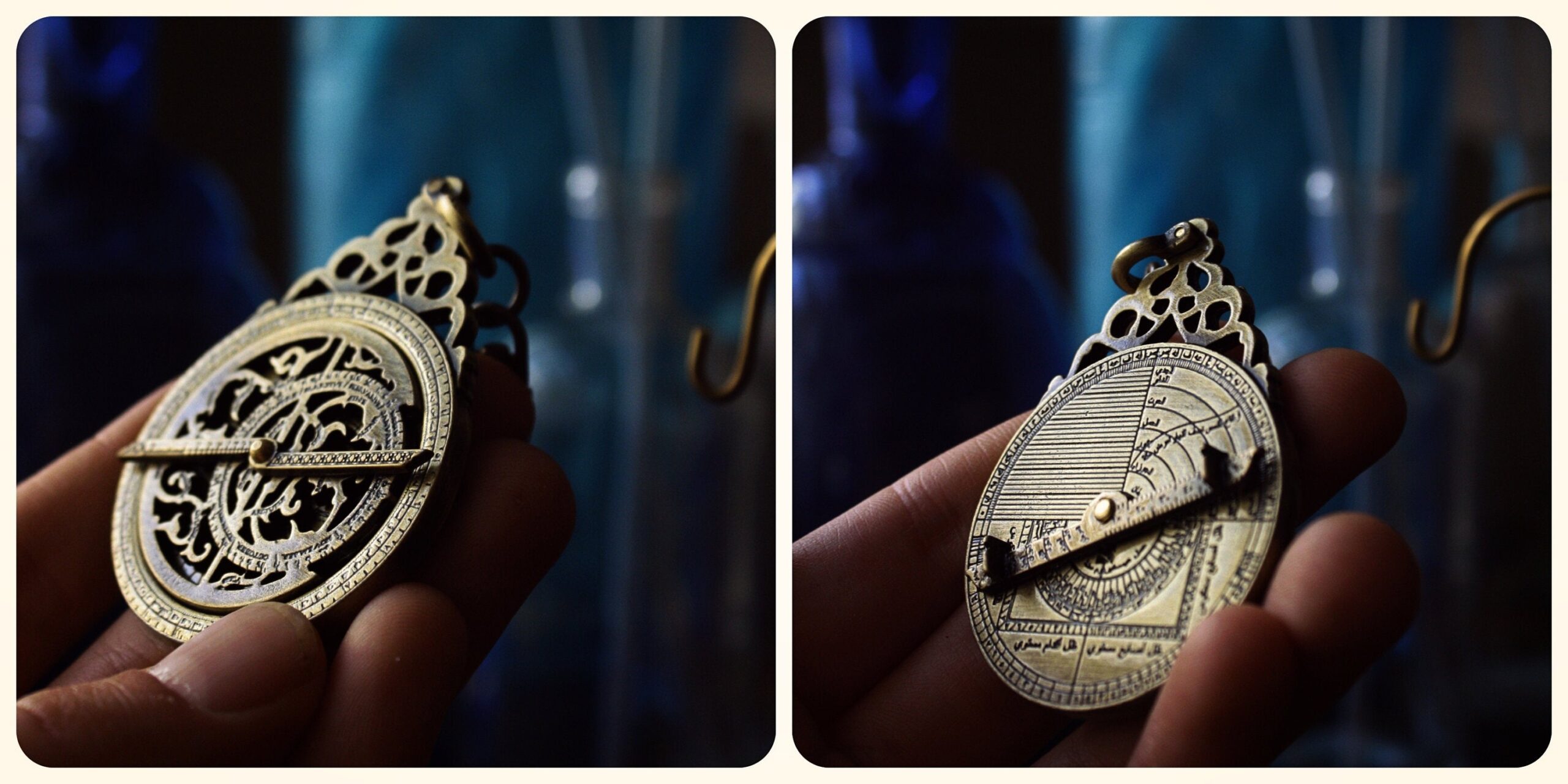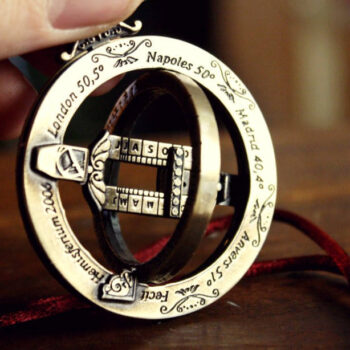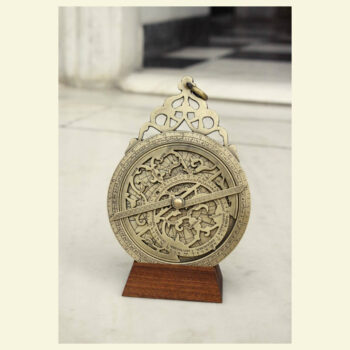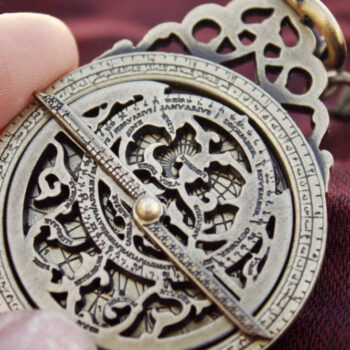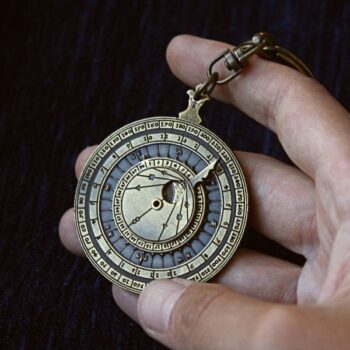An astrolabe is an elaborate inclinometer, historically used by astronomers and navigators to measure the inclined position in the sky of a celestial body, day or night. It can thus be used to identify stars or planets, to determine local latitude given local time (and vice versa), to survey, or to triangulate. It was used in classical antiquity, the Islamic Golden Age, the European Middle Ages, and the Renaissance for all these purposes
In the time interval between Ptolemy (2nd century AD) and Copernicus (16th century), the major developments in observational and theoretical astronomy took place from North Africa to Central Asia—during late Antiquity, and then in pre-Islamic and finally Islamic societies. The main advances happened between the 9th and the mid-15th centuries. During this period, Muslim scholars familiarized themselves with Indo-Persian astronomical traditions, mastered Ptolemaic planetary models, improved computational and observational techniques, established large-scale observatories, devised accurate observational instruments and, finally, developed several non-Ptolemaic planetary models to make the observed motions of planets more compatible with Aristotelian cosmology.
Handmade oriental brass astrolabe with a wooden base.
Dimesions : Height 14 cm
Length 5 cm
Width 5 cm
Dimensions only of the astrolabe body: Height 6 cm
Length 4,5 cm
Width 0,5 cm


